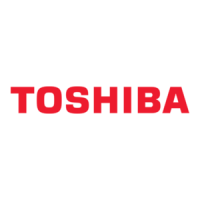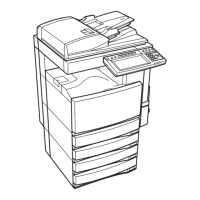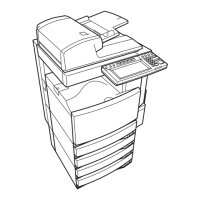T
Thomas BauerSep 9, 2025
What causes network or touch panel display to be disabled after LDAP search on Toshiba E-STUDIO 3510C?
- DDr. Henry CarterSep 9, 2025
If the network or touch panel display is disabled after an LDAP search on your Toshiba All in One Printer, ensure that the LDAP server is running correctly. Also, double-check that you've entered the correct LDAP settings, especially re-enter the correct password carefully because it displays with asterisks.










